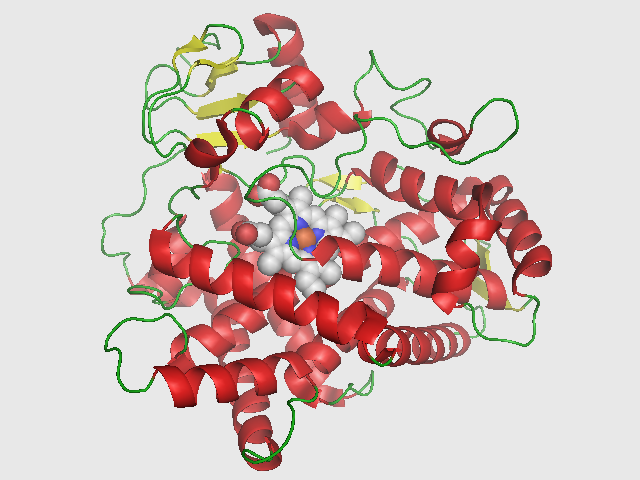Macedonia
Genotype predicted phenotype in Macedonians as well as Albanians and Romanies living in Macedonia:
UM: Ultrarapid metabolizer
EM: Extensive metabolizer
IM: Intermediate metabolizer
PM: Poor metabolizer
| UM | EM | IM | PM | |
| Macedonians (%) | 5 | 55 | 36 | 4 |
| Albanians (%) | 1 | 46 | 46 | 7 |
| Romanies (%) | 1 | 67 | 26 | 6 |
Genotyping Macedonians (n = 100), Albanians (n = 100) and Romanies (n = 100), obtained from the DNA bank of the Research Centre for Genetic Engineering and Biotechnology “Georgi D. Efremov” at the Macedonian Academy of Science and Arts, Skopje, Republic of Macedonia (Kusmanovska et al., 2015).


